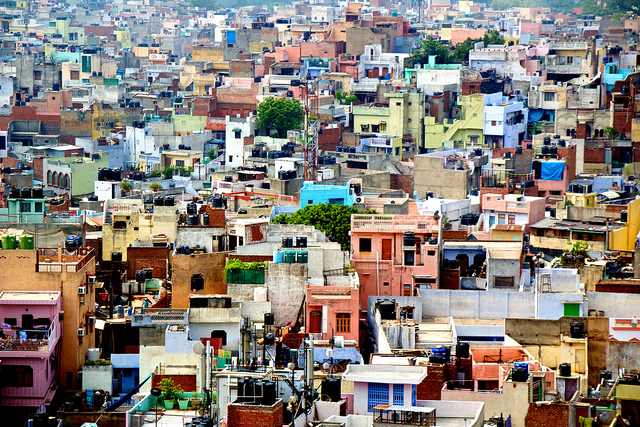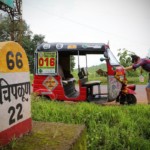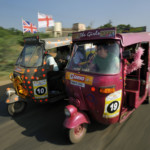Today, the Indian Parliament is sitting down to talk about something that will change the lives of many, while also promoting sustainable development. On this day, the smart cities in India are in the spotlight.

To begin, the most important question of all has to be answered: what is a “smart city?” Well, according to the Indian government’s website, Smart Cities should “provide core infrastructure and give a decent quality of life to its citizens, a clean and sustainable environment and application of ‘Smart’ Solutions.”
However, things are never that easy, a city’s “smartness” depends on many variables. Development may carry a different meaning for someone living in the United States and for someone living in a small Indian city. Due to the many definitions a Smart City might have, the government decided to list a couple of elements that such cities should possess in order to win the attractive title.
Among the listed infrastructural features, they specified sufficient water supply, stable electricity supply, proper sanitation and waster management, “efficient urban mobility and public transport,” housing that is priced reasonably, durable technical and digital solutions, good healthcare, public safety (especially thinking of children, women and elderly,) being environmentally friendly and great communication between government and citizens.

Now that is quite a list to fulfill, and according to The Hindu, the Parliament is discussing the implementation of a hundred more Smart Cities in the upcoming five years.
There is no debate as to why having Smart Cities will be beneficial for the population, but apart from the well being of the citizens, these cities will spur economic growth, help in the creation of new jobs and allow for other smart solutions to emerge in everyday life. A well thought-out infrastructure at the very heart of each city is essential, but developing them to be fully functional will require huge investments. Interestingly, there are some model villages in India that might not be smart cities per se, but they are amazing thanks to clever governing and the locals.
As Power and Coal Minister Piyush Goyal said to The Economic Times: “We got to think smart when we think of smart cities or smart technologies playing a role in India. How can we do it customised to the Indian context. How can we do it with the bare bone essentials, which would help have an impact. How can we do it to scale so that we can leverage the large economies of scale.”
Goyal even listed a specific example: the replacement of electric meters with “smart meters,” which in Indian terms, making meters durable, able to communicate both ways and built so they cannot be tampered with. He told The Economic Times: “That’s the smart meter I am looking for. I don’t think it should cost more than $12-15. If we can do it at $15, I have a proposition of 250 million smart meters. That is the scale at which India offers opportunities.”

Some of the cities listed for the first batch of developments include: Pune, Coimbatore, Bhopal, Chennai, Guwahati, Jaipur and Surat. Planned expansions include flood monitoring, rainwater harvesting, e-rickshaws, solar panels on buses, virtual hospitals and smart paving (pavement that captures energy from movement). The Indian government has come up with many programs to aid tourists in the past, such as personal tour guide apps, or help lines that can be called 24/7 . Not surprisingly, Smart Cities will also look after foreigners with the implementation of more mobile apps and smart bus stops displaying more information.

The first batch of twenty smart cities to come can be observed here, with detailed demographics and plans for the future. India has realized that with a population and country this huge, sustainability is essential for the betterment of its citizens. Although the meaning of a Smart City will be different in every region of the world, setting such a good example will be beneficial for many other nations, too. After all, learning from each other is the quickest way to effective development!
11May
Smart Cities in India: What, When, Why, How?
Are you crazy enough to come along for the ride? Then join us on the next Rickshaw Challenge. Get a team together and let’s see you at the starting line! If you want to join us in spirit, like us on Facebook or follow us on Twitter to keep up with our latest antics.





